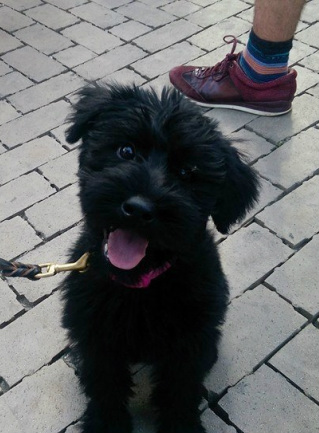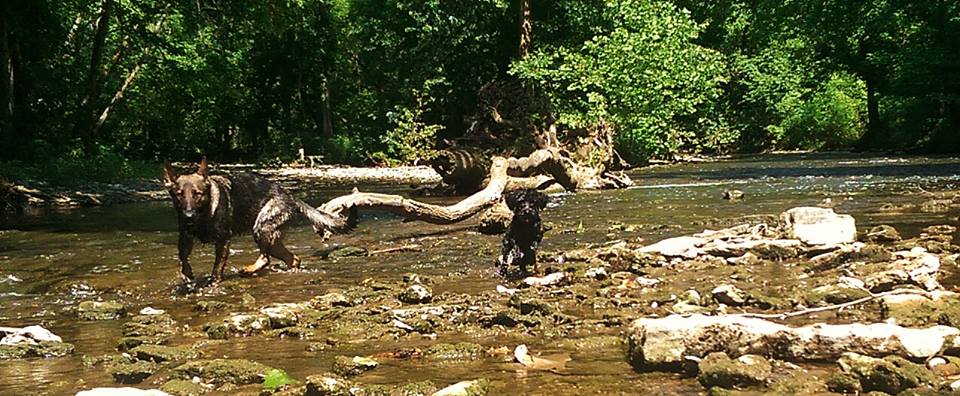 When most people have an interaction with dog trainers they aren't aware that the dog may be working at the time or have a different idea of how you should interact. Generally speaking when people run into me and a dog they will try to interact with the pup. Most people know the general things that will help like crouching or holding their hand out for an inspection but do you know how to maximize your interactions? I wanted to write this to help people who want a better connection with most dogs they meet.
Adam Madore
professional dog trainer with Artisan dog training Lexington / Nicholasville
1 Comment
Dogs are social animals that appreciate being understood as much as anyone so sometimes when we are baffled by our pets behavior we may need to look at the basics again. I have a lot of clients who come to me with no way to communicate with their dogs and feel like it's the fault of the dog or the clients blame themselves. Instead of blaming yourself you simply improve you communication and you will see results right away. I've decided to write down some of my favorite ways to increase communication and improve your skills with simple exercises.
Adam Madore
professional dog trainer with Artisan dog training Lexington / Nicholasville 5/2/2012 0 Comments Social AnxietyMany of my customers lately are asking about their dog having some social anxiety. If this sounds like you I have a few little tips for you. Does your dog go crazy as soon as you leave the house? Do they wait until you've been gone for a while? Do they have a lot of toys or things to keep them busy? If you don't know for sure then you can leave a recorder or some kind of device and find out. If they are going crazy as soon as you leave then you will have to work on their anxiety. If your dog waits until you have been gone for a while then they may just not have enough to do! The last question is does your dog piddle in the kennel? it may be time to restrict water before bed. Place some scraps of paper under or in the kennel and see if they have been wet. Next time I will talk about helping your dog cope with anxiety. Adam Madore
professional dog trainer with Artisan dog training Lexington / Nicholasville |
AuthorAdam Madore is a dog trainer with a passion for training and dogs in general. Archives
July 2014
CategoriesAll Aggressive Dogs Anxiety Chewing Contest Dog Training Drawing Faq Feeding Food Free General Obedience General Tips Gift Card Potty Training Puppy Seperation Socialization |
Search by typing & pressing enter



 RSS Feed
RSS Feed
